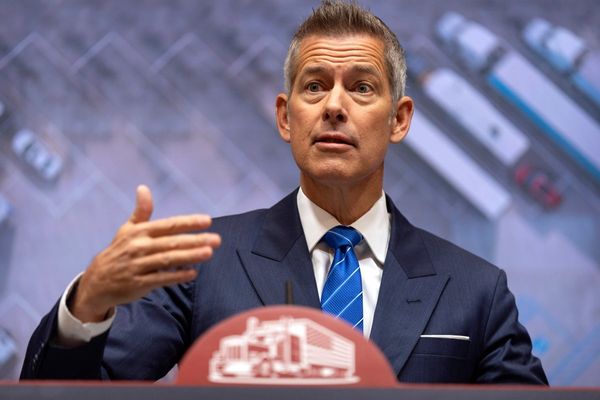
A French startup, Blue Spirit Aero, has developed an innovative hydrogen fuel cell-powered aircraft, showcased at the 55th Paris Air Show held recently in Le Bourget.
The aircraft, named Dragonfly, features a unique design with 12 propellers, each equipped with its own hydrogen tank and fuel cell system.
Powering Dragonfly
These fuel cells convert hydrogen into electricity, which then powers the propellers to propel the plane. This distributed propulsion system aims to enhance efficiency and reliability while reducing the aircraft’s carbon footprint.
Designed as a four-seater, the Dragonfly offers a flight range of approximately 700 kilometres and a flight duration of up to three hours on a single hydrogen charge.
The primary target market for this aircraft is pilot training schools, where it could serve as a more sustainable alternative to conventional fuel-powered trainers.
Hydrogen future beckons for Le Mans motor race
Hydrogen fuel for greener skies
Hydrogen fuel cell technology is gaining increased attention in the aviation sector as a potential zero-emission solution. Unlike traditional combustion engines, fuel cells generate electricity through an electrochemical reaction between hydrogen and oxygen, producing only water vapour as a byproduct. This technology promises significant reductions in greenhouse gas emissions and noise pollution.
Blue Spirit Aero joins a growing number of companies and research institutions worldwide exploring hydrogen propulsion as part of broader efforts to decarbonise air travel.
However, widespread adoption of hydrogen-powered aircraft faces challenges such as the need for infrastructure development, hydrogen production scalability, and certification processes.
Paris 2024 Olympics aims for green legacy with hydrogen cars
The Dragonfly’s debut marks an important step in demonstrating the viability of hydrogen fuel cells for small aircraft, potentially paving the way for cleaner aviation solutions in the near future.







